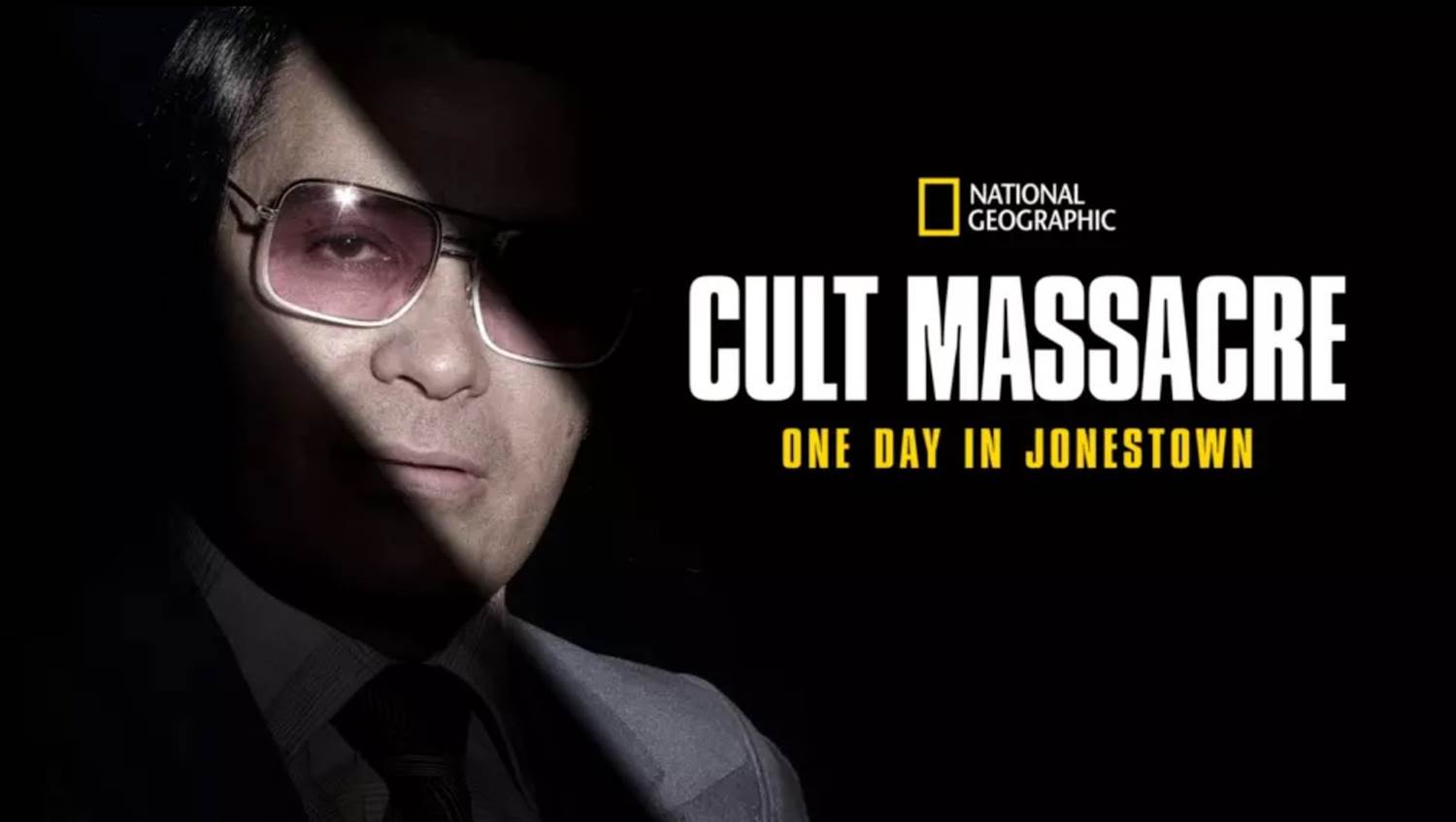I find it odd how true crime topics can be seen as en vogue or passe as the need for a content trudges along. Murders to shootings to cheating scandals, their time in the spotlight comes and goes like period dramas or romantic comedies. As of now, it seems like cult documentaries are the fashionable look at tragedy. Watching hundreds or thousands being lured into a group dynamic that promises a better tomorrow, though often leads to death and destruction. Cult Massacre: One Day in Jonestown continues the current trend.
Continuing the One Day In America franchise, I turned on the three-part documentary series covering the infamous Jonestown tragedy that occurred in rural Guyana with a slight knowledge of the subject matter. Weirdly enough (and proving my above point), a recent Netflix documentary covered the massacre in a smaller, more digestible fashion (which was then discussed by personalities Trixie and Katya, albeit in a more compelling way.) This story follows many similar tales, just with a larger scope: a selfish, god-like figure lures people into the concept of a new society, but the psychotic tendencies come to the surface before it’s too late.
As American officials and the news media went to check on the safety of Jonestown, the leader Jim Jones went into a full blown panic, leading to a mass shooting and forceful suicide for over 900 of his cult’s members. The statistics are horrific. When the most frightening points of the documentary started to play, the skies outside my home opened up, turning into an almost prescient sense of dread. This series is not for the faint of heart, filled with dark imagery and horrifying recollections of the events that transpired.
While my dismay against the true crime industry continues to permeate, this series properly tells the story whilst remaining rooted in empathy. The interviews with the subjects involved (whether it be former members of Jones’ temple, Jones’ son or the media who had boots-on-the-ground) never look to blame any individual other than Jones himself. Nowhere during the three episodes are we expected to look at the members of the cult as jokes or “losers” for failing to break free. They are victims and should be regarded as such.
The abundance of archival footage and audio tapes are remarkable, adding a certain grit to the story. You can feel the sweat from the humid Guyanan summer dripping down your face, adding to the anxieties of witnessing a crumbling self-proclaimed deity. The talking head moments are perfectly interspersed with the footage, never relying on an off-screen narrator who would’ve ruined the empathetic underbelly of the series.
If anyone were to be seen as a “bad guy” of the series, the media comes out as unsympathetic, perpetuating stereotypes about cults and their members. As those who were able to escape were interviewed soon after the massacre, the prodding they received was hard to watch. One would hope that things have changed in the time since the events of Jonestown, but as Unbreakable Kimmy Schmidt so expertly satirized a decade ago, I’m not confident in that assessment.
While many questions remained by the end of the series, since a lot of the temple’s origins were pushed to the side to further highlight the massacre itself, it still paints a relatively clear picture of what was endured by the people of Jonestown in the 1970s. If the true crime trend must continue, and we as a society must consume disheartening stories for decades to come, I hope the documentarians can use this series as a guide for how to tell the stories of those affected by treachery and violence. And, in the case of Cult Massacre, let’s all make a pact to retire the idiom “drink the Kool-Aid”.
Cult Massacre: One Day in Jonestown premieres June 17th on Hulu.

